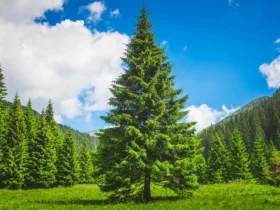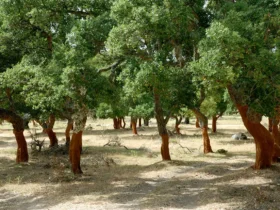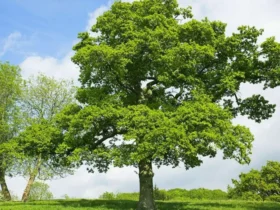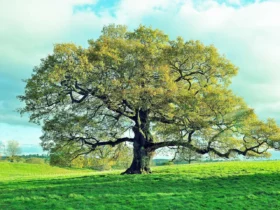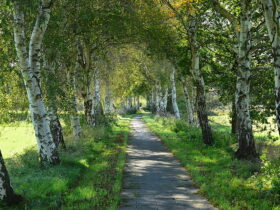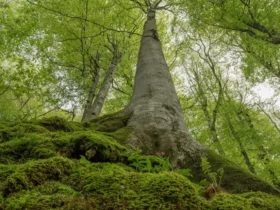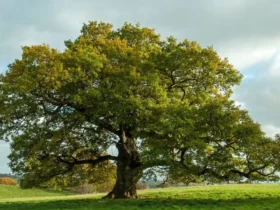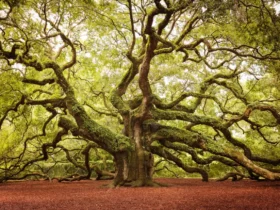On Earth, there are countless species of plants that are incredibly small, even to the naked eye, and their specific shapes cannot be observed. The following article will compile the top eight smallest plant species in the world that you may want to know.
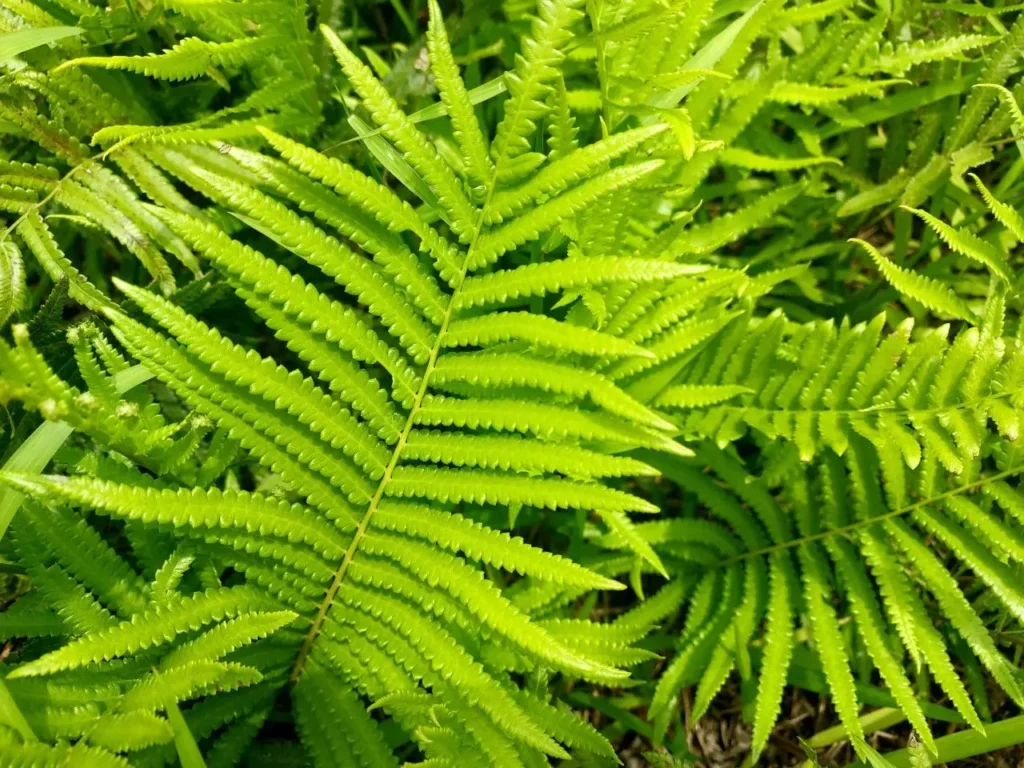
Review of the eight smallest plant species in the world
Below are some of the smallest plant species in the world that we have gathered:
1. Rootless duckweed
Rootless duckweed (Wolffia angusta), is one of the smallest flowering plants in the world, with a size ranging from only 0.25 to 1 mm. They are often found on the surface of water and are commonly known as “fairy hair.” There are 38 species of duckweed in the world, and nine of them are among the smallest plants in terms of size. This plant prefers to live on the surface of water, but it has no roots.
Yes, Wolffia angusta, the rootless duckweed, can be used as a type of food as it contains nearly 50% of its dry weight as plant protein, similar to soybeans. In addition, it is also a favorite food of frogs, toads, and various species of fish.
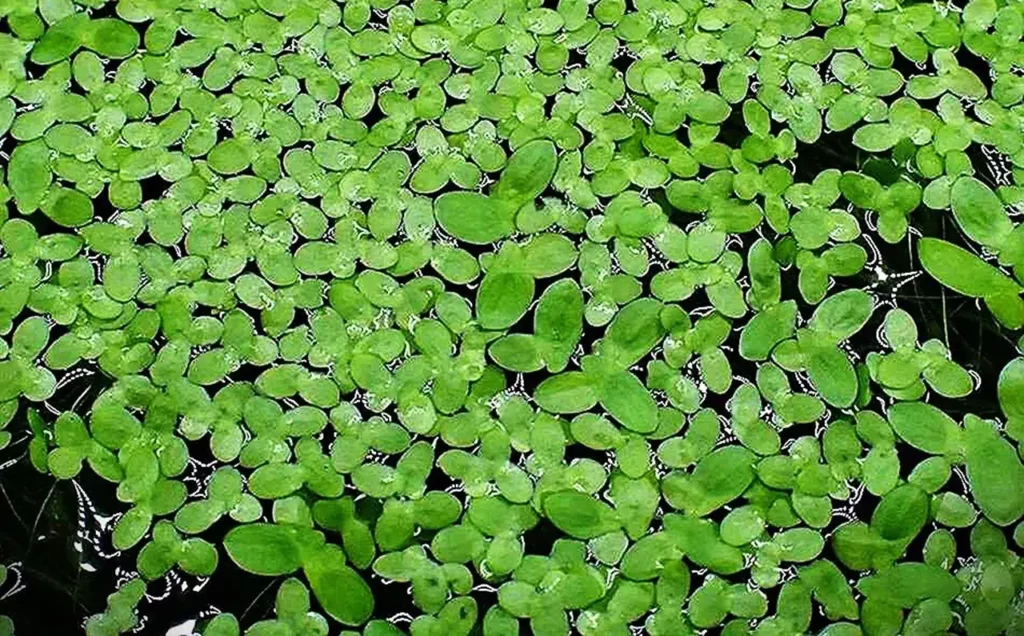
2. Tiny Orchid found in Brazil
One of the recently searched small plants is a type of orchid found in Brazil, which has a tiny size with its flower petals measuring only 0.5mm. Because of its small appearance, it is often mistaken for a weed until it blooms and its existence is finally recognized.
Despite its small size, this flower has demonstrated its resilience compared to larger plants. It continues to grow and bloom, spreading its fragrance far and wide.
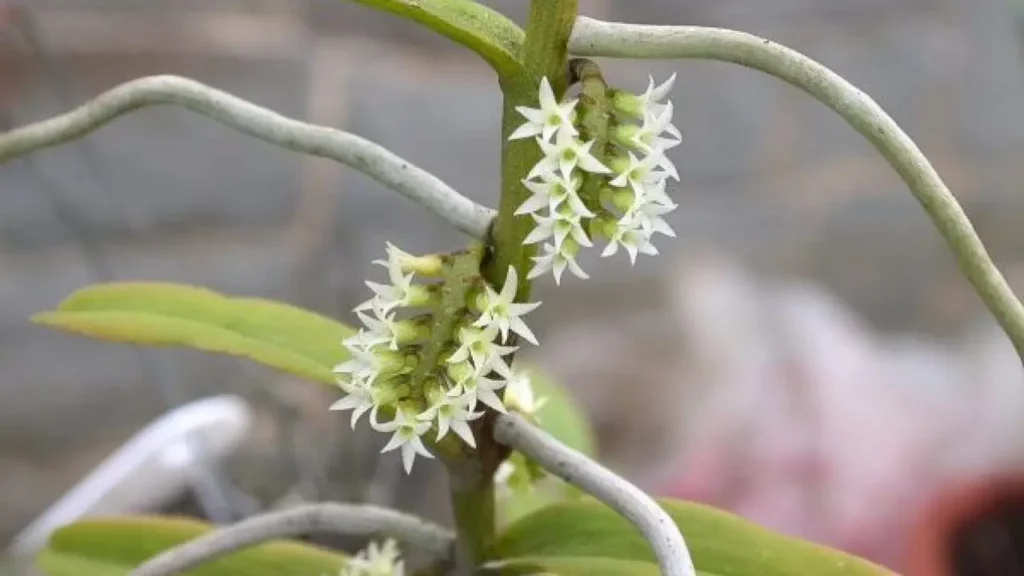
3. Water fern
Also known as Azolla, is one of the smallest aquatic plants in the world. They have a wedge-shaped form and their leaves are a vibrant shade of blue-green. What’s special about them is that they prefer to grow under water to sprout and develop in the best possible way, so the roots of this plant species are always submerged in water and easily symbiotic with blue-green algae to perform the process of nitrogen conversion from the air.
With a size of about 1 to 2 cm, it is used as food for pigs, chickens, and can also be used to treat wastewater. In general, Azolla and other types of aquatic ferns have practical applications for human life and animal husbandry.
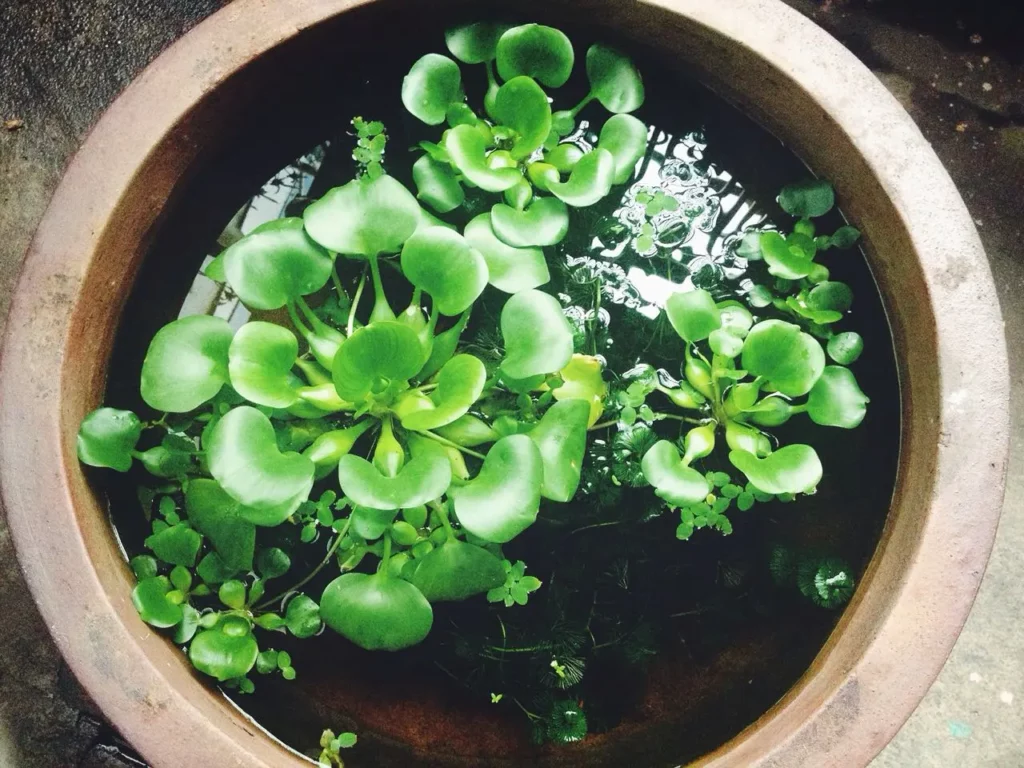
H4: The water fern, also known as Azolla or strawberry fern, can be used as feed for livestock.
4. Bladderwort
Bladderwort, also known as Utricularia, is a small plant and the smallest carnivorous plant in the world, with a size of only about 1 to 10 mm. It is a species that can swim and catch prey on the surface of water or in soil, and it lives and develops best in moist water or soil environments.
The traps of the bladderwort are extremely small, only about 0.2 mm in size, but they can still catch smaller prey such as water fleas, worms… if they get caught in the trap. The process and time of catching prey using the trap on the body of this plant is very fast and simple, taking only about 10 seconds for the prey to be captured and waiting for it to stop struggling, after they begins to specialize its necessary organs for processing.
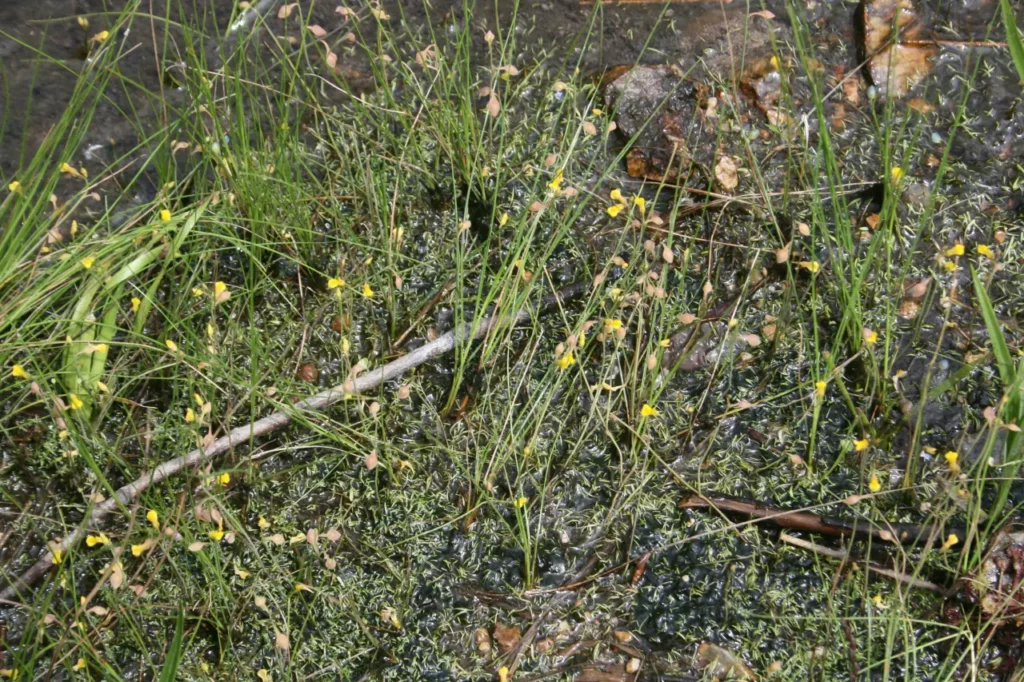
5. Selaginella
Selaginella is a type of clubmoss in the family Selaginellaceae. It has the smallest spores of any plant in the world, measuring only about 0.7 mm in size. It can survive in high and dry areas, making it easy to find worldwide, from tropical regions to near the Arctic Circle in forests, grasslands, and even limestone areas. It is known for its ability to withstand drought and can even recover after being damaged.
Selaginella is considered a plant species with high aesthetic value and is also used in traditional medicine to treat diseases related to the liver and kidneys. Chemical compounds found in this plant species can help improve the health of the liver and kidneys, as well as support enhancing the body’s immune system.
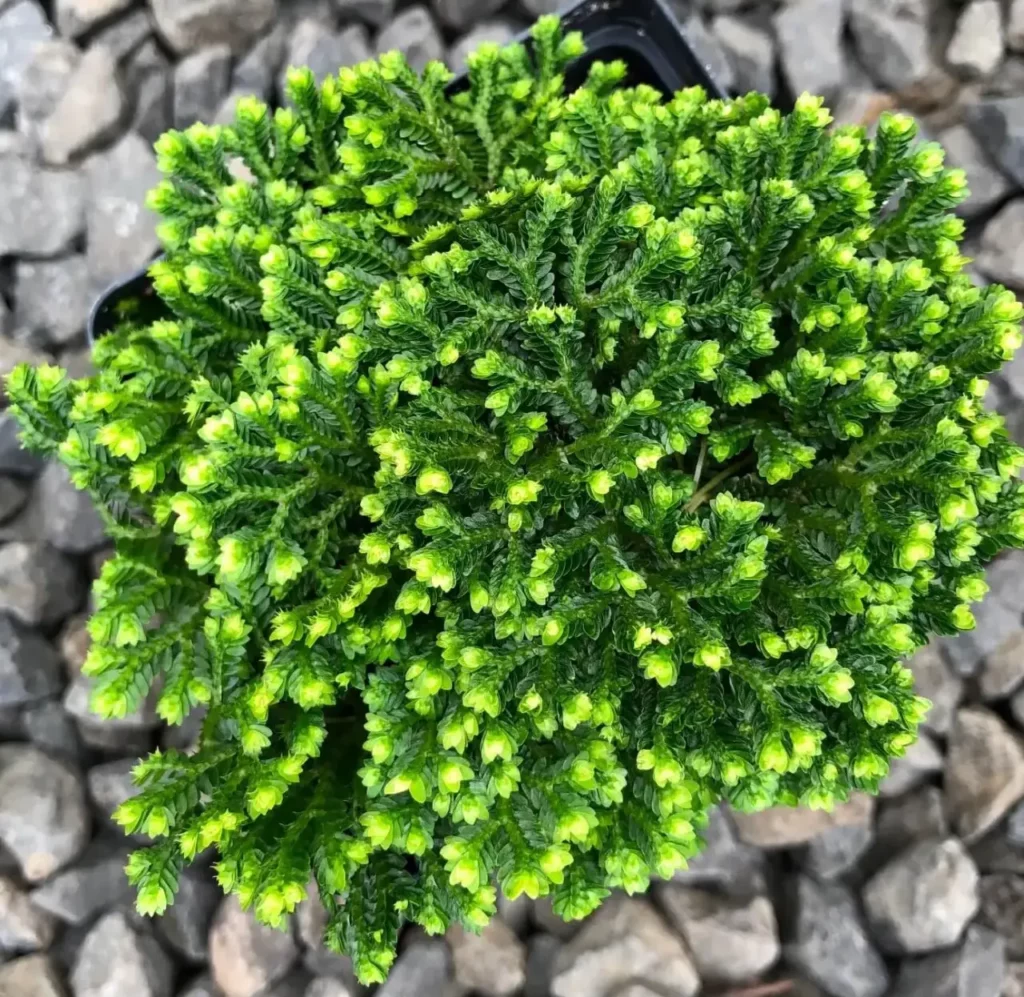
6. Crassula
Crassula is a flowering plant genus in the family Crassulaceae, commonly known as stonecrops, and is among the top small xerophytic plant species. Some species are only about 1 to 2 cm in size and can survive in dry and hot environments.
This is a plant species representing strength and resilience. They can live for many years and have good drought tolerance, so if you are considering buying this plant species, you may want to consider it as they are very easy to grow and care for. In suitable environments and conditions, they can also produce small, delicate and pleasantly scented flowers, growing in clusters at the top of the plant.
This plant species is used for various purposes, such as decoration for gardens and indoor spaces, or in traditional medicine to treat ailments related to the digestive system and blood pressure. This is because the chemical compounds found in Crassula can help improve the body’s health, reduce stress, and improve mood.
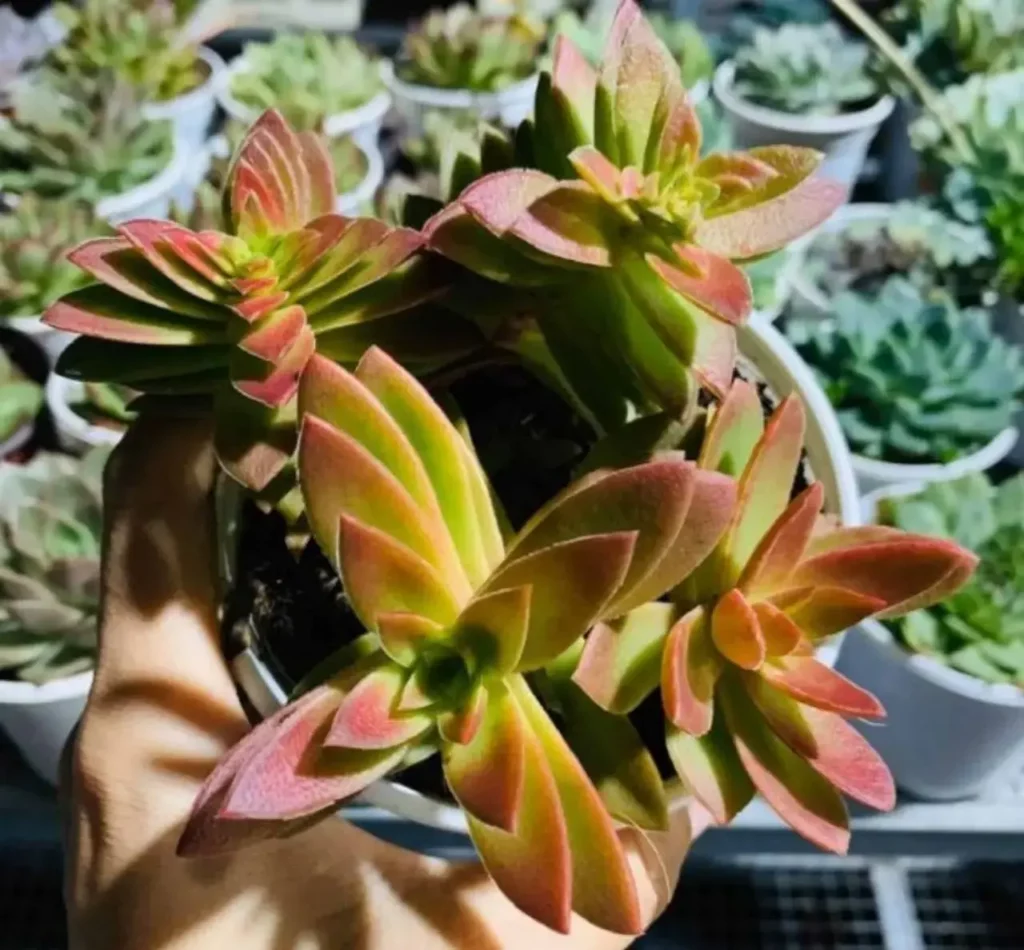
7. Dwarf willow
This is one of the small but tough plant species, although only up to 6 cm tall, it can adapt to the frigid environment of the Arctic. This plant species is recorded as the smallest woody plant in the world, they spread out underground to maximize sunlight exposure. What’s special about this plant is that its male and female flowers are easily distinguishable due to their different colors, with the male flowers being yellow and the female flowers being red.
This small plant has the ability to live in most environments, especially in harsh conditions, and always grows strong and resilient like a warrior, especially in tundra regions and even in aquatic environments.
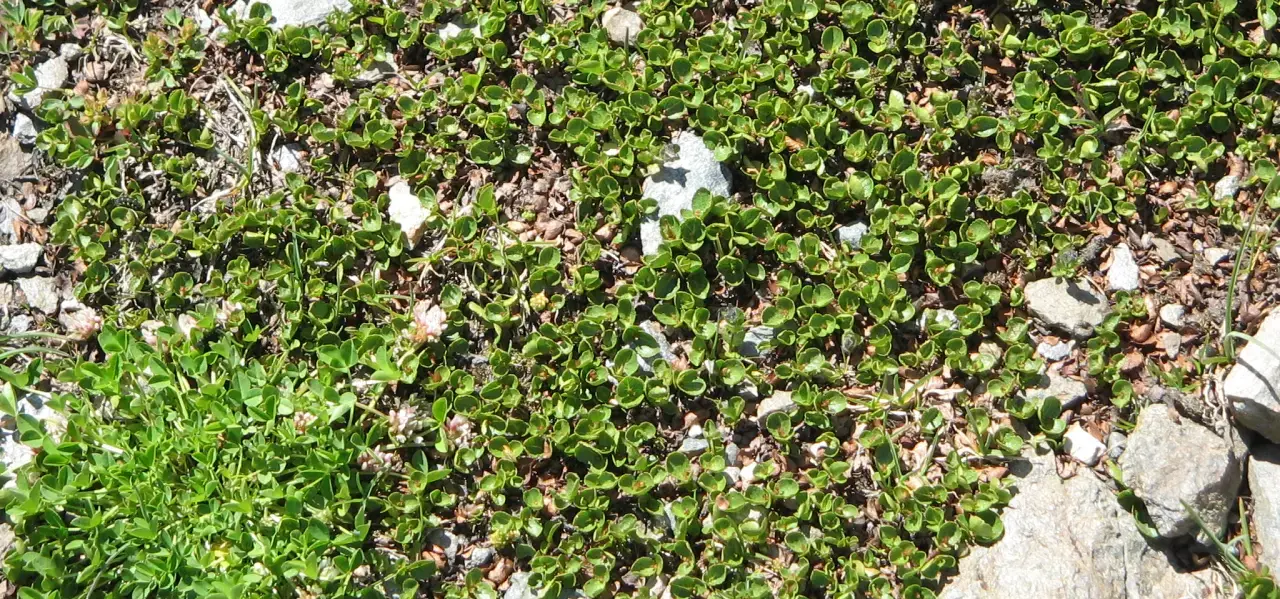
8. Parva Dwarf Plant
The parva dwarf plant, also known as Dwarf Baby Tears, scientific name is Hemianthus Callitrichoides is a small, compact plant that grows only 1-3 cm tall with bright green leaves. It is a type of small grassy aquatic plant in the Scrophulariaceae family that is found in South America, particularly in Brazil. It is highly popular in aquaculture.
This plant grows quickly and is easy to care for. It is often used in aquariums to create a natural and balanced ecosystem. It is usually planted in sand or rocks and only needs about 8 to 10 hours of sunlight per day. It also needs to be watered regularly, but over-watering can cause the plant to die.
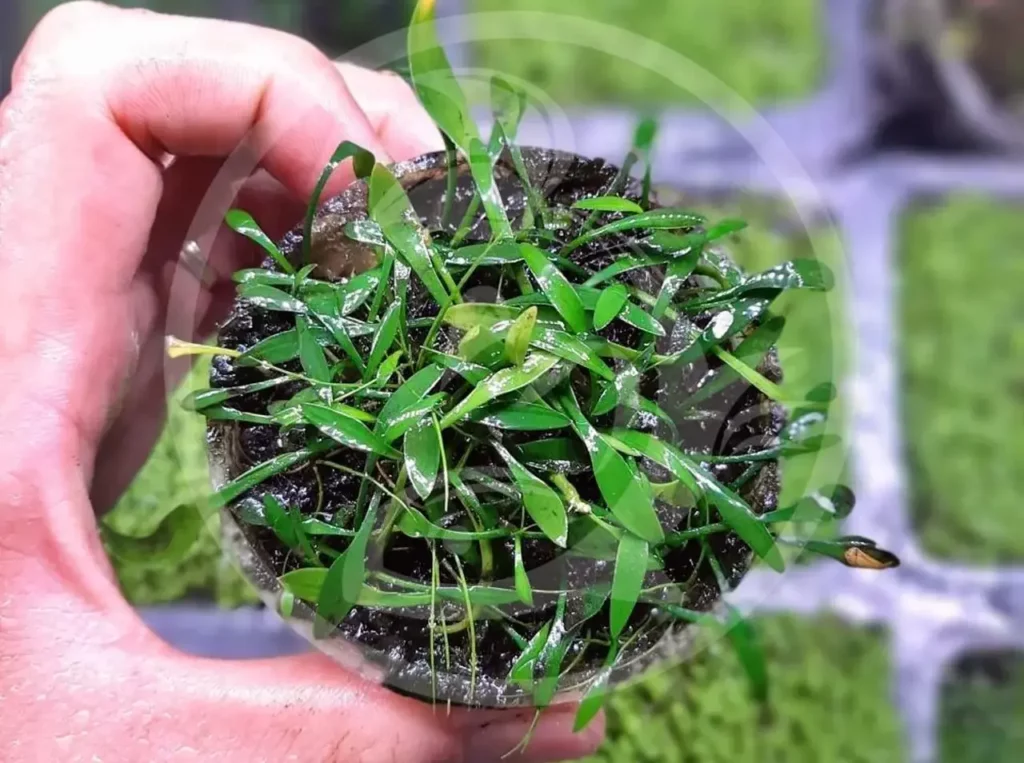
So what is the significance of these small plants in life?
The important role of small plants
The natural world is home to the smallest plant species that surprise and amaze us. Despite their small size, these plants play an important role in the natural ecosystem and are an essential part of the biodiversity of the Earth.
These small plants also contribute to their use in the research of scientists, which has important ecological significance. The way these species absorb water also helps to optimize and effectively treat wastewater and clean up water environments.
In addition, some small plant species have important significance in medicine by contributing to the improvement of kidney and liver issues in humans. They help to create a more beautiful, healthy environment and are a beautiful symbol of the resilience of small yet strong existence overtime.
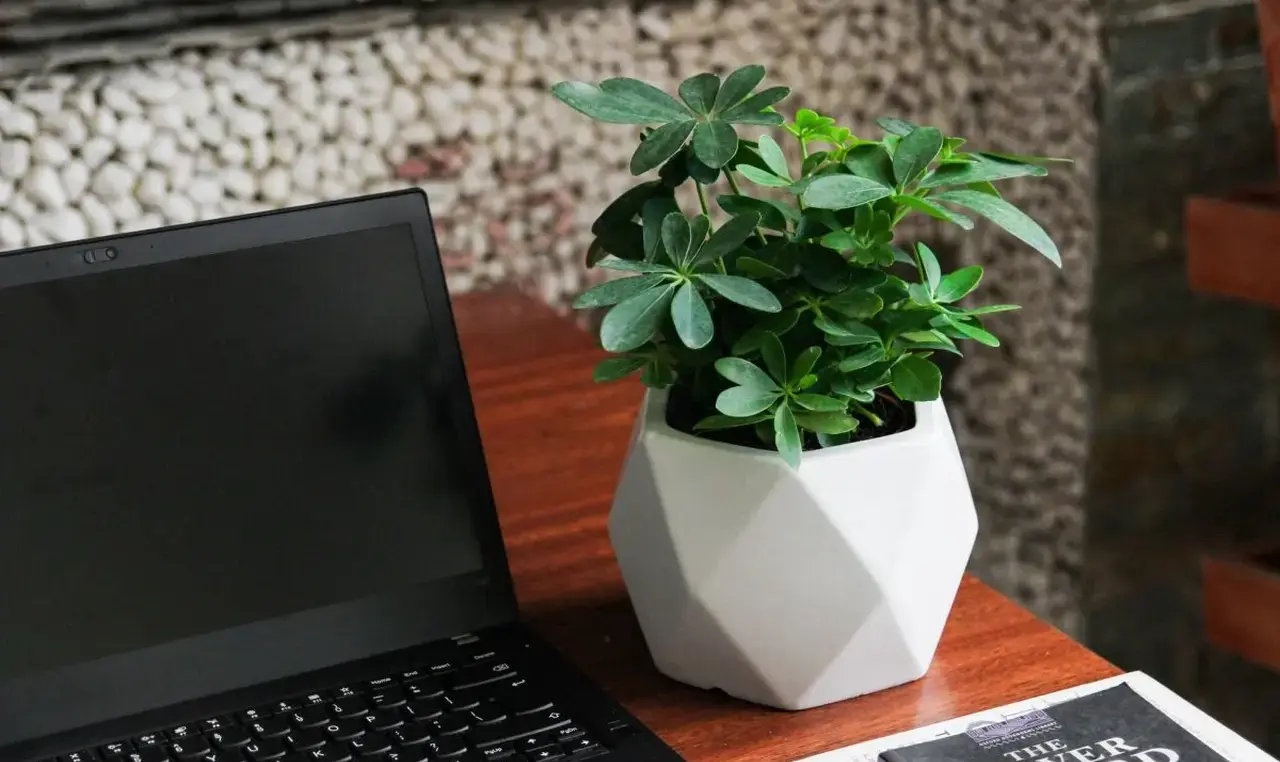
Above are small plant species, do you know how many species of plants are listed above? With the small and cute, resilient life of these plant species, we can feel how diverse and rich nature is.
